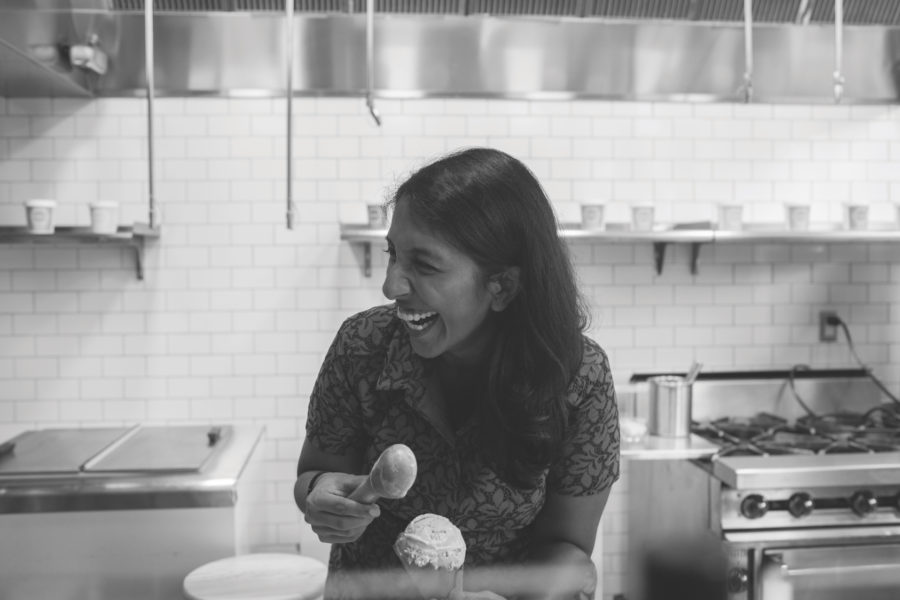The OpenTable team is thrilled to be participating in this weekend’s TasteTalks Brooklyn event, where we’ll be presenting a panel on the evolution of the dining room. In anticipation of the event we talked to Josh Boissy, co-founder and managing partner of the James Beard Award-winning Maison Premiere, who also opened Sauvage in Brooklyn earlier this year.
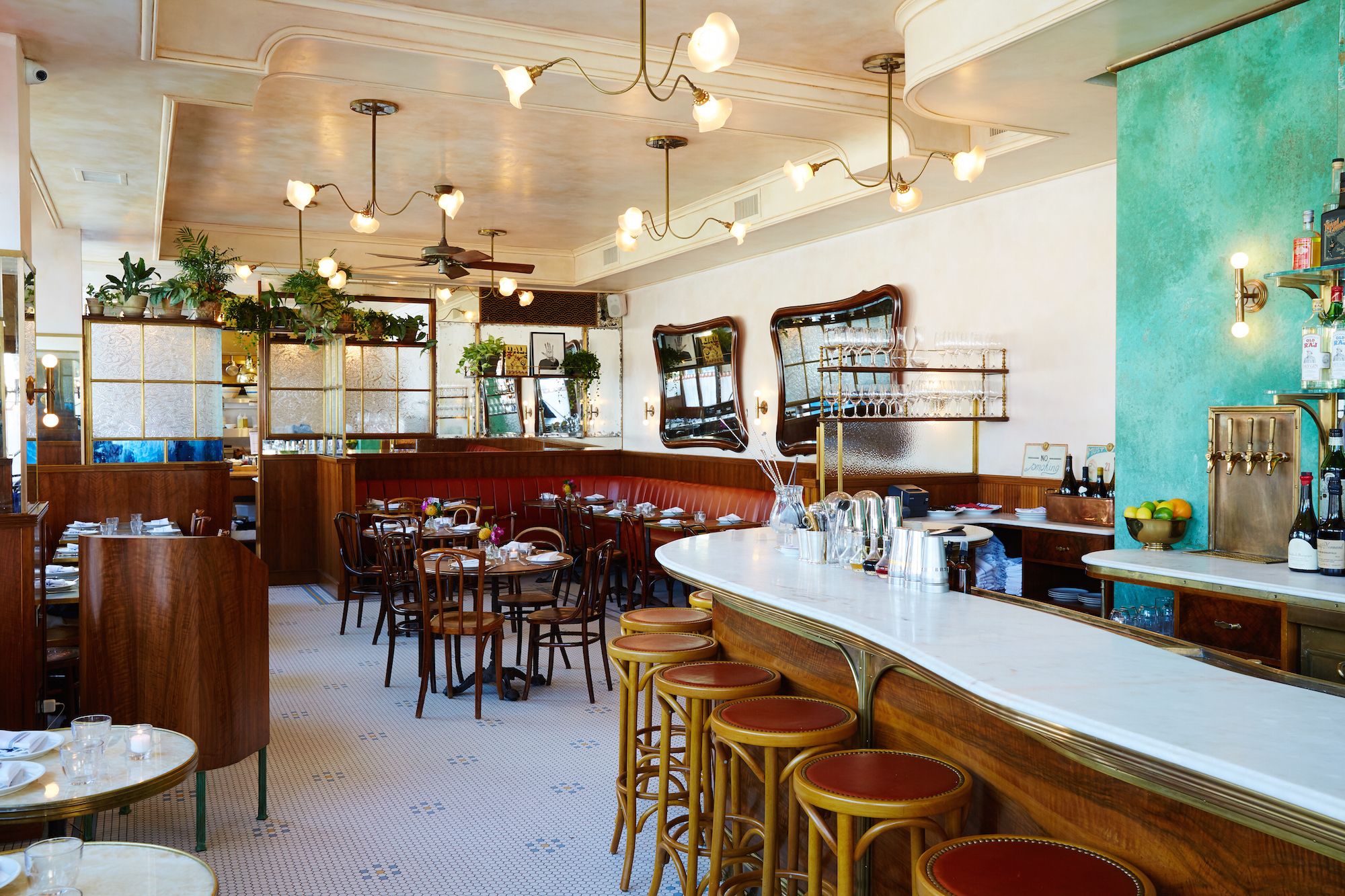 Sauvage Nicole Franzen
Sauvage Nicole Franzen
Here, he tells us all about the evolution of Brooklyn dining, the inspiration behind Sauvage, and how to create multiple dining perspectives under one roof.
What are you seeing in the Brooklyn dining world today? How has it evolved?
I’ve been in the neighborhood now for 11 years. The earliest neighborhood restaurants were all just serving food to the community. I think the neighborhood has gone from small, no-name chefs and restaurant people to a complete destination spot.
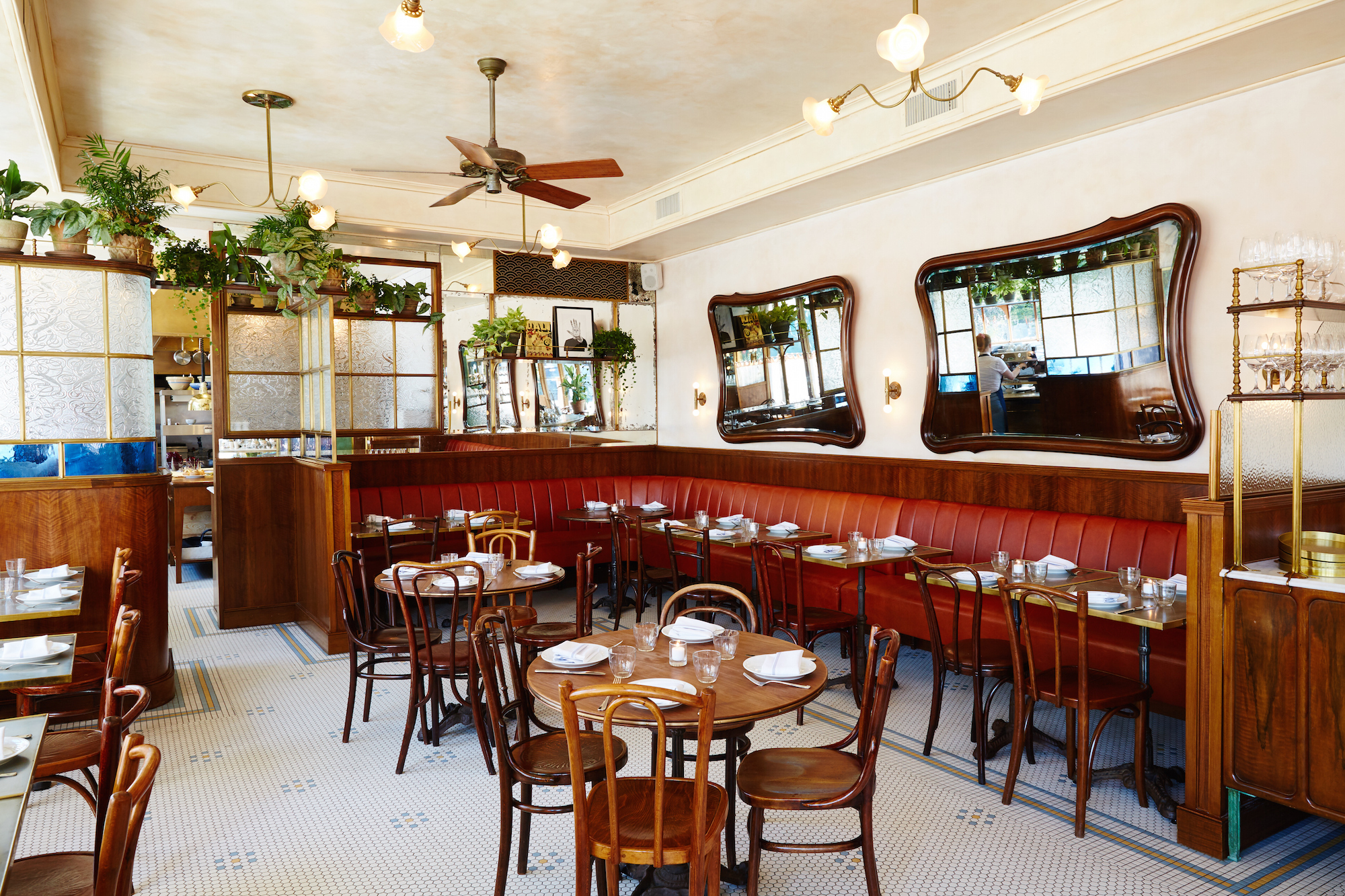 Sauvage Nicole Franzen
Sauvage Nicole Franzen
We’ve gotten powerhouses in the food and beverage community. You have chefs like Andrew Carmellini, Claus Meyer, Paul Liebrandt. That wasn’t thinkable in 2006. People weren’t taking risks. With Maison we wanted to push the envelope. There wasn’t Champagne in the neighborhood, and you definitely weren’t going to find craft cocktail bars. We really wanted to be the pioneers of that movement, to have this hospitality-driven concept that embodied all the things we loved.
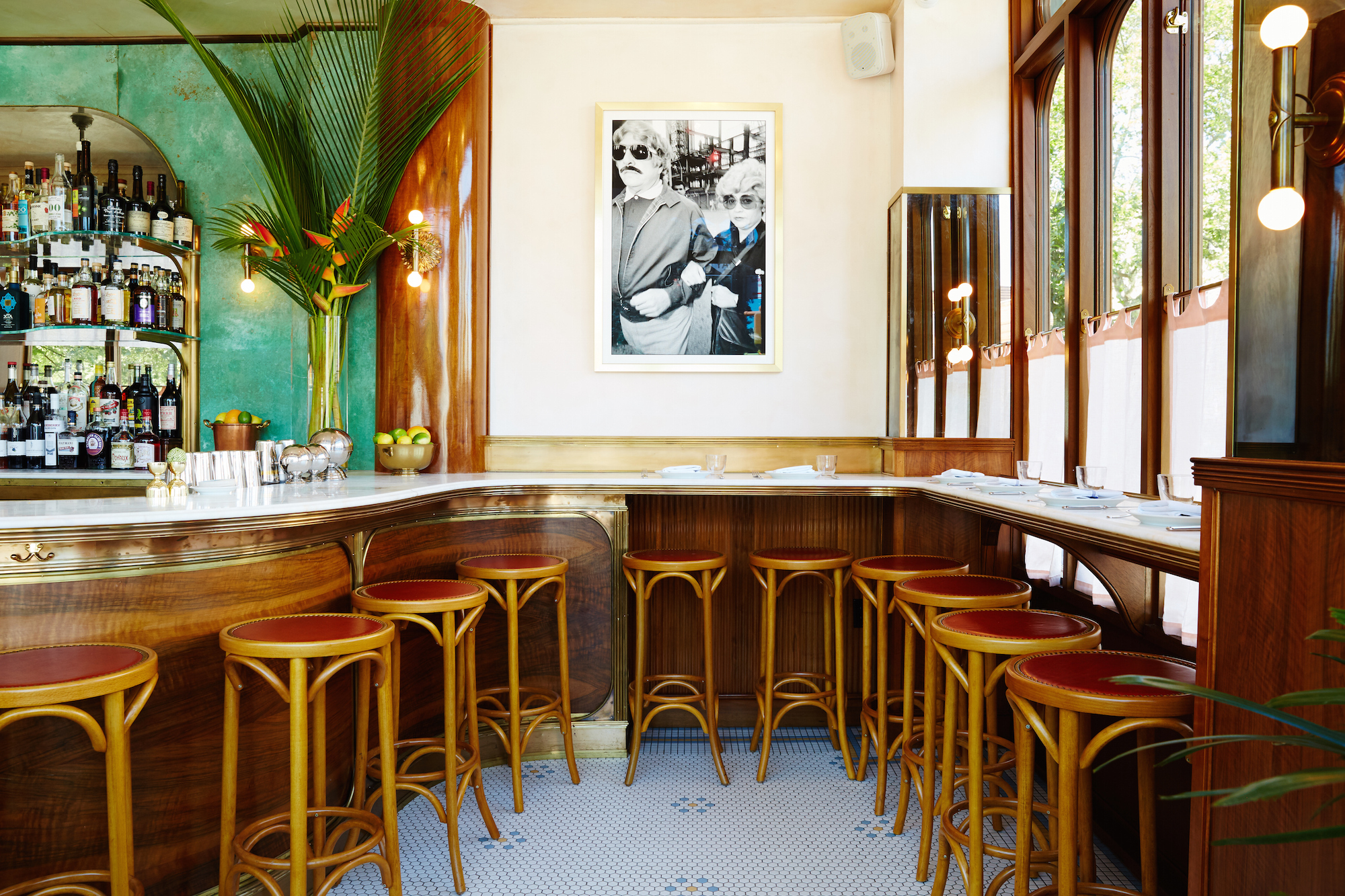 Sauvage Nicole Franzen
Sauvage Nicole Franzen
The dining scene in Brooklyn has gone from neighborhood-focused restaurants serving a community to a progressive dining destination. Real chefs and restaurateurs and groups are investing there and trying to capitalize on the growth. The demographics have shifted from an artist community to an affluent, working-class New York community. There are a lot of tourists, international buyers. They are coming to Brooklyn for a reason: because they want to experience it for what it is. That has only accelerated the growth in the food world.
What are key differences between Manhattan restaurants and Brooklyn ones?
Paul Liebrandt came and left within a year for a reason. When people talked about him opening, I said, that food’s not going to fly in this neighborhood. Right now Williamsburg is more expensive than Manhattan. People choose to live there because of the scene. In Brooklyn in general, people like neighborhood restaurants that are serving food that represents a lifestyle that they believe in.
There are going to be a lot of people who come in and try to do what they’re doing in Manhattan, and they might have success because the neighborhood is more commercialized. But I think it’s still going to retain some of the qualities that put it on the map in the first place. Lilia is a great example of the change in the neighborhood: she’s been wildly successful. There are going to be destination restaurants people travel to because the chefs are recognized, and then there are going to be places like Fette Sau, Diner — neighborhood staples that are going to continue to serve the food they’ve always served.
Tell me about your newest restaurant, Sauvage. What did you learn from Maison Premiere that informed your decisions about Sauvage?
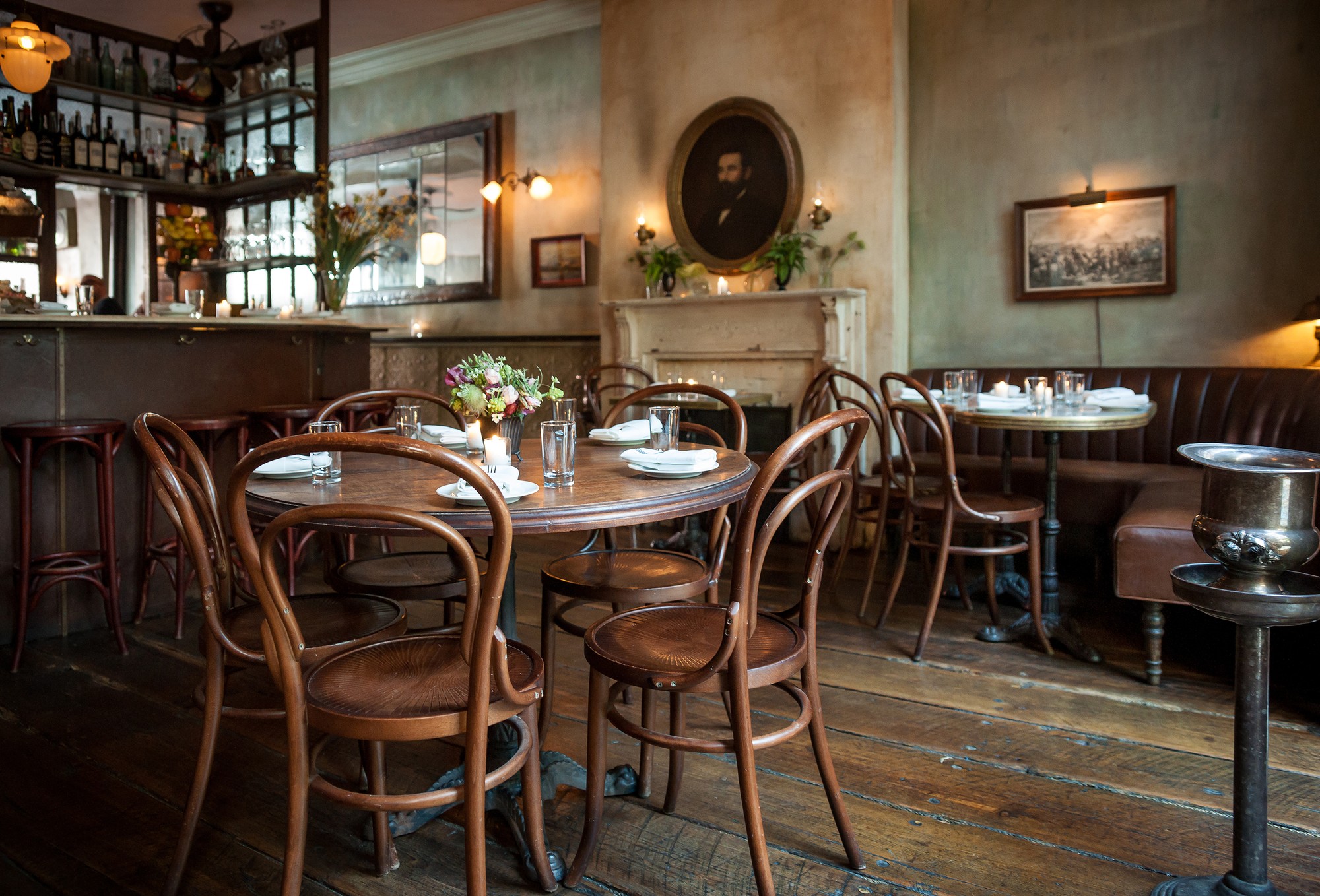 Maison Premiere Nicole Franzen
Maison Premiere Nicole Franzen
Maison — if I would have anticipated it being as successful as it has become, I would have built it a little bit differently. A little bit bigger, more storage, more kitchen space, and I would have had a larger kitchen. It’s incredible how small and busy it is. We learned about building infrastructure for large volume, and to think about everything from day one — dream bigger. We saw that there was a demand for more refined dining, and proper wine and cocktail service.
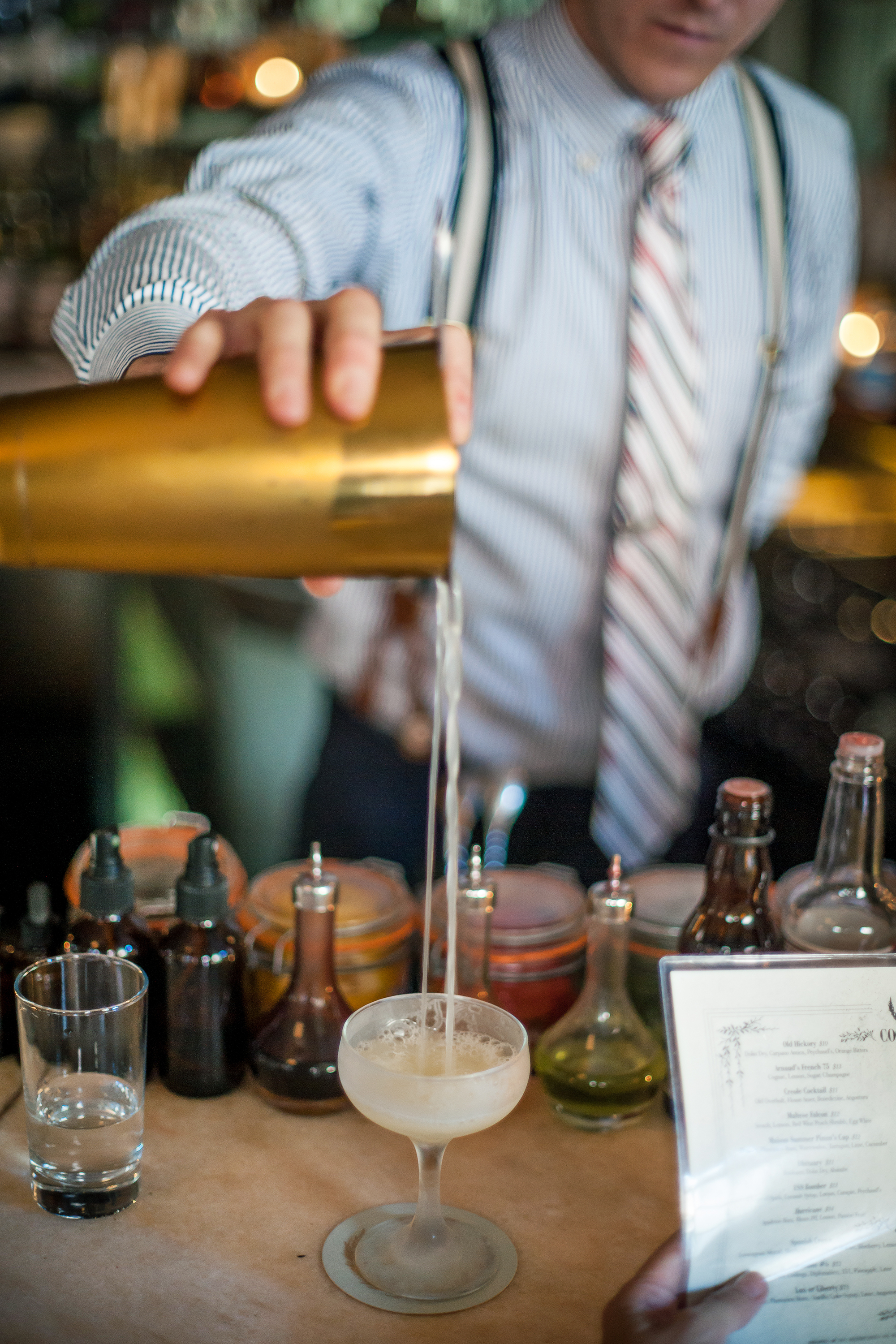 Maison Premiere Nicole Franzen
Maison Premiere Nicole Franzen
We knew that we wanted it to be a French-inspired concept, but we wanted it to be American. Kind of like Chez Panisse: it’s about showcasing technique and the quality of the product. We wanted the food to be as natural as possible. The meaning of “sauvage” is “wild” — that informed us in so many ways when we were building the concept. It plays into the design, with art nouveau and arches and handmade brass and marble and zinc.
I don’t want to go to a restaurant that’s just about the food; I want to go to a restaurant where you can have great food and also have a great experience. We have fresh flowers, we’re playing cool ’70s music and serving wild-looking food that isn’t overly complicated. There’s this young, upbeat vibe to the place.
Dollar oysters, takeout window — you have many different experiences under each roof. How do you think about that from a business standpoint?
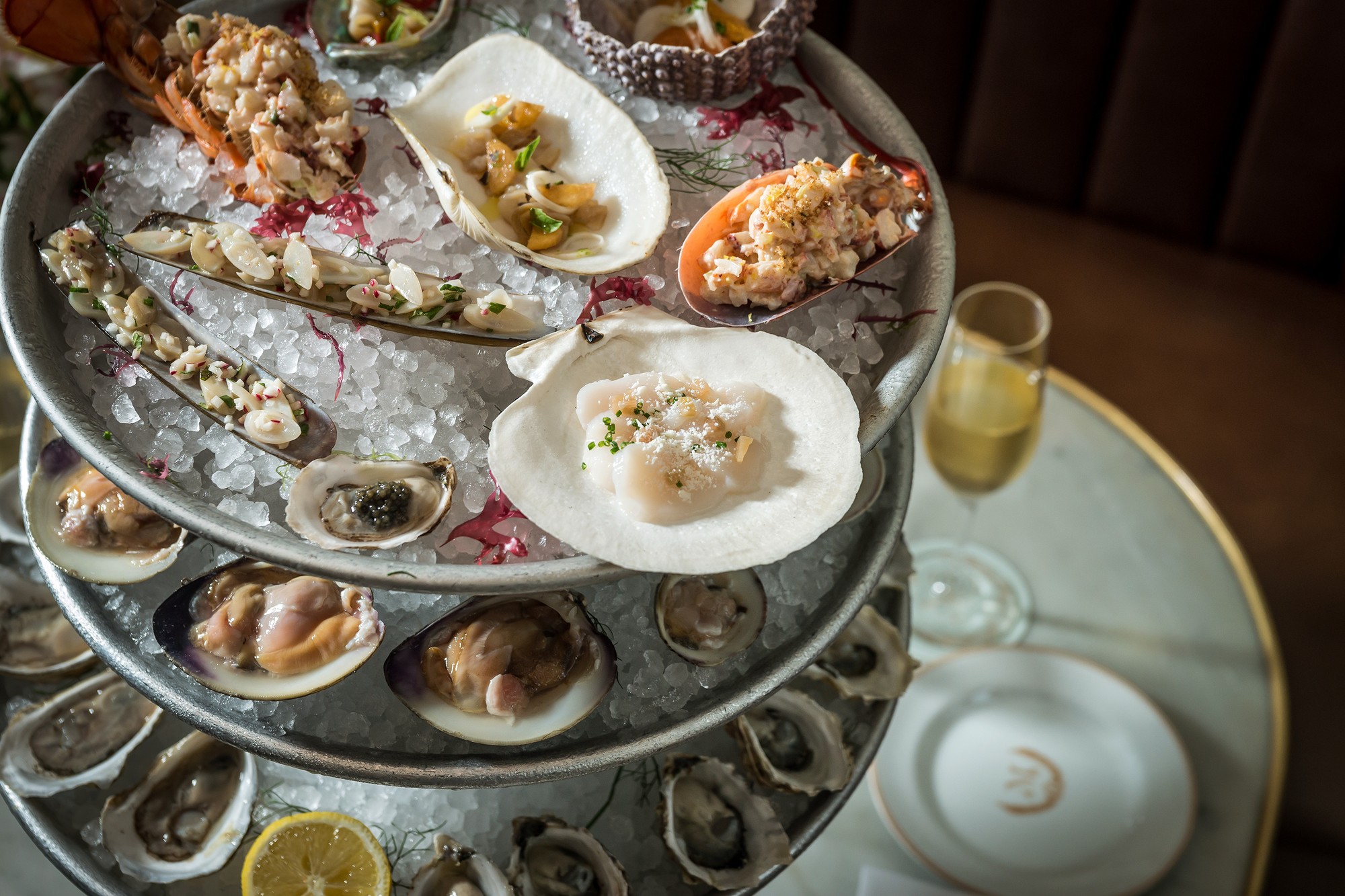 Maison Premiere Nicole Franzen
Maison Premiere Nicole Franzen
I thought about the restaurants and hotels I love. You go into the main bar room and there’s this casual, jovial vibe, and then you go into a dining room and it’s more formal, and maybe outside there’s a bustling cafe. Having one continuous style throughout is something you see in commercial restaurant design — 100 tables the same. What makes a place unique is the fact that you’re thinking through all of the dining experiences.
The tables in the bar area are round, marble tables — it’s a casual dining experience. Outside, we have handmade tables and big striped awnings. In the dining room, I have three different table designs and 100-year-old chairs, all mismatched from cafes in Paris.
If we have VIPs coming in, we’ll put them in the most formal part of the dining room with the most beautiful view. If people stop in and are looking for coffee, we’ll put them in the casual, cafe vibe. They might not even notice the subtlety between the two, but we do — and it definitely impacts the way you feel as a diner.
Find more tips, inspiration, and fresh ideas for running a restaurant on OpenTable’s Open for Business blog.

